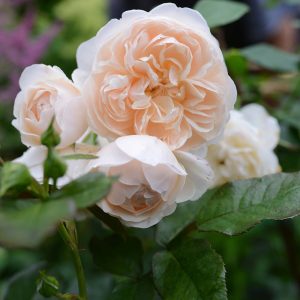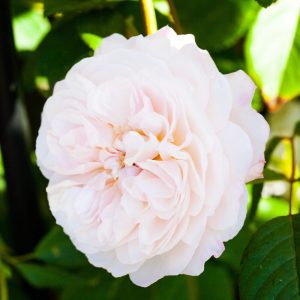Description
Veronica is a genus of flowering plants that includes over 500 species. Commonly known as speedwells, they are mostly perennial herbs that produce spikes or clusters of blue, pink, or white flowers. They have simple, narrow leaves and grow in a wide variety of habitats, from alpine meadows to woodland edges and even in water. Veronica species are a great addition to a garden as they attract pollinators such as bees and butterflies. Some popular cultivars of Veronica include ‘Sunny Border Blue’, ‘Red Fox’, and ‘Royal Candles’. They make great companions to other perennials such as salvia, phlox, and echinacea. Veronica prefers full sun to partial shade and well-draining soil.
Key Facts
- Common Name(s):Speedwell ‘Nestor’
- Hardiness:Fully hardy
- How big will I get? Veronica prostrata ‘Nestor’ can grow to a height of 0.5m and a spread of 0.5m.
- Did You Know That:Veronica is named after Saint Veronica?
Plant Calendar
A rough guide to how this plant will change through the year.
| Jan | Feb | Mar | Apr | May | June | July | Aug | Sept | Oct | Nov | Dec | |
| Flowering Time | 
| 
| 
| |||||||||
| Foliage Colour |  |
 |
 |
 |
 |
 |
 |
 |
 |
 |
 |
 |
| J | F | M | A | M | J | J | A | S | O | N | D |

| 
| 
| |||||||||
 |
 |
 |
 |
 |
 |
 |
 |
 |
 |
 |
 |
Care Guide

Soil Requirements
Veronica prostrata ‘Nestor’ prefers soil with good drainage and does not tolerate standing water. This plant can grow in soil with a wide range of pH levels, it is not picky about the pH level of the soil.

Best Position
Veronica prostrata ‘Nestor’ can handle either an exposed or a sheltered position and can cope with either full sun or partial shade.

Maintenance
Veronica prostrata ‘Nestor’ is fairly low maintenance and doesn’t require any pruning.

Pest, Diseases and Wildlife
Veronica prostrata ‘Nestor’ is generally pest free, it can be vulnerable to certain diseases such as leaf spot, powdery mildews and downy mildews. It is also known to attract bees. It is not considered to be toxic.





